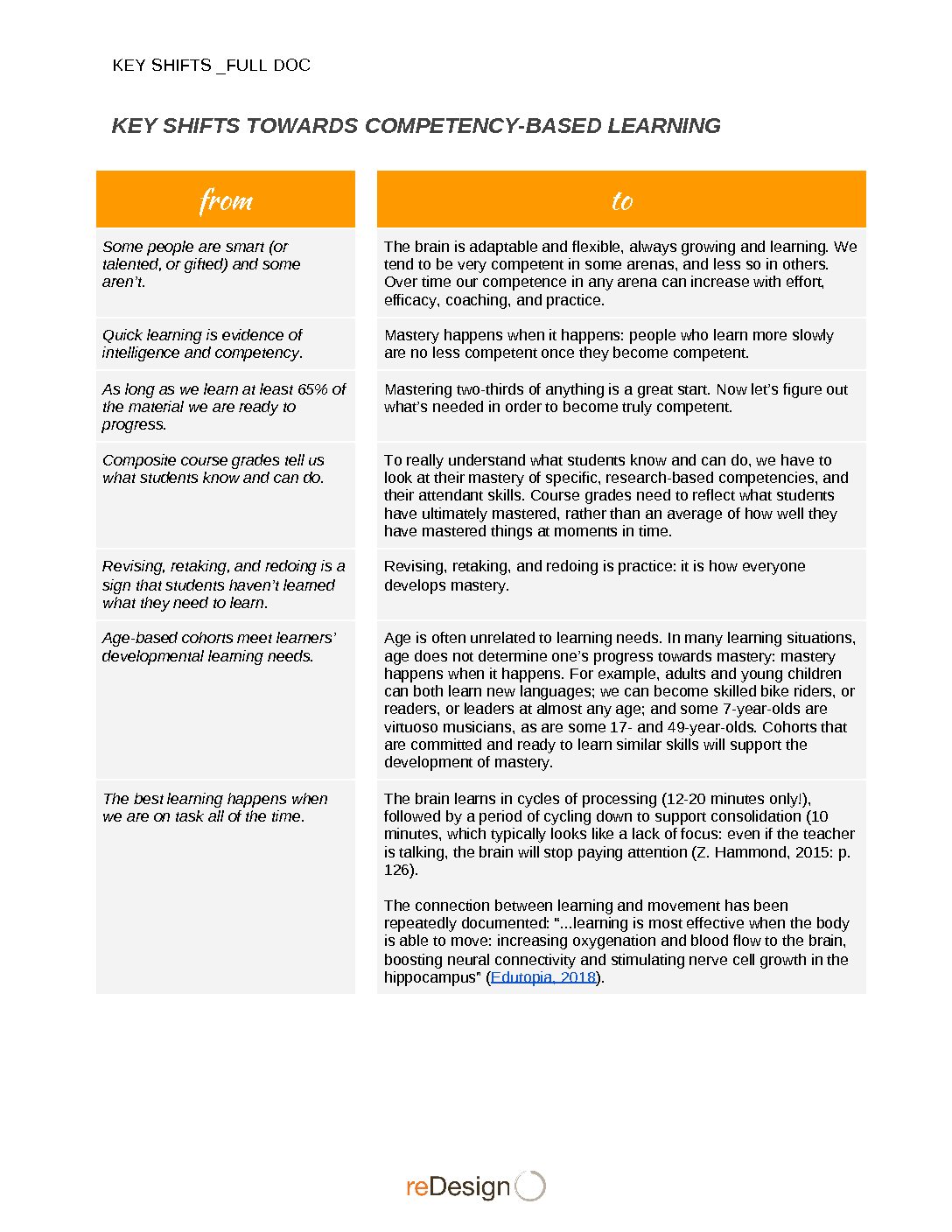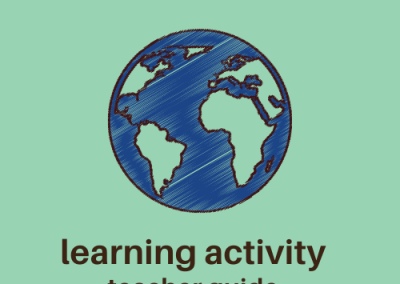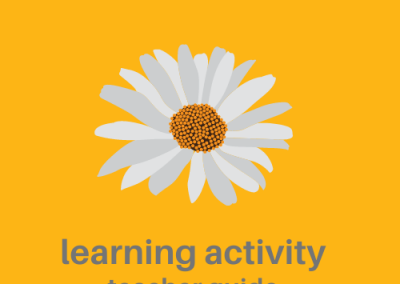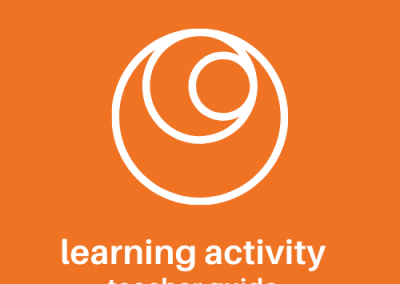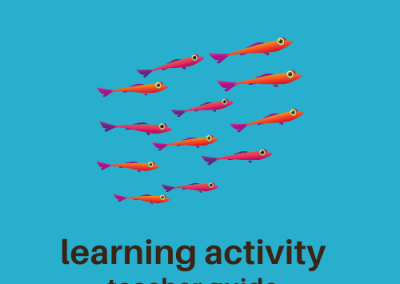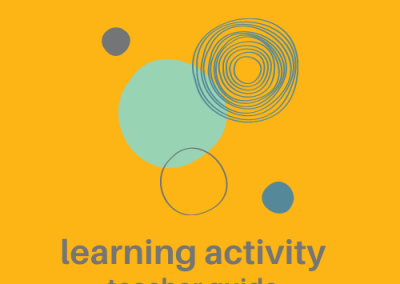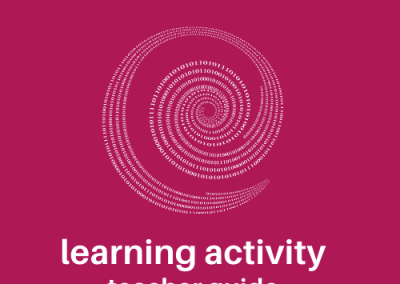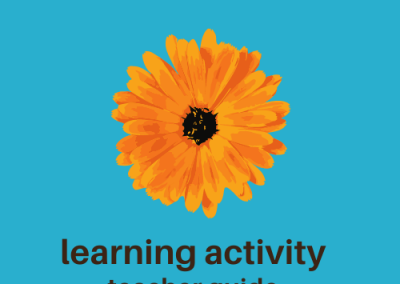
Description
The Argumentative Essay Performance Task Guide introduces the steps to crafting a strong argument that draws on supporting evidence from research.
In all facets of life, the ability to make and defend a sound argument has immense value. It is a doorway to progress, shaping points of view, moving people to action, and helping build consensus among divided parties. Persuasive writing, specifically, is used in many professions: the closing argument in a court of law, a blog post, a letter to the editor, a politician’s statement of position, or a presentation at a local city council meeting. Within the college setting, the Argumentative Essay is the most frequently assigned task for freshmen. In colleges across the country, students will write as many as 8-12 argumentative essays during their first year.
Opportunities for Student Choice
Students’ choice can be encouraged in a number of ways. Students can choose the issue, or they can choose their position. They can also choose the resources they review, or the audience for their paper.
Authentic Task
Persuasive writing is used in many professions: the closing argument in a court of law, a blog post, a letter to the editor or an editorial, a politician’s statement of position, or a presentation at a local city council meeting.
Opportunities for Exhibition to an Audience
There are many possible audiences for persuasive writing. If students are working on a school issue it might be an assembly; if it’s a community issue they might present at a city council meeting or town hall. Students can submit a letter to the editor at a newspaper, or create a guest blog post. They can create their own class wiki, or put their papers together into a book on a self-publishing site like blurb.com. Students might also submit a paper to a conference
Formative Tasks






